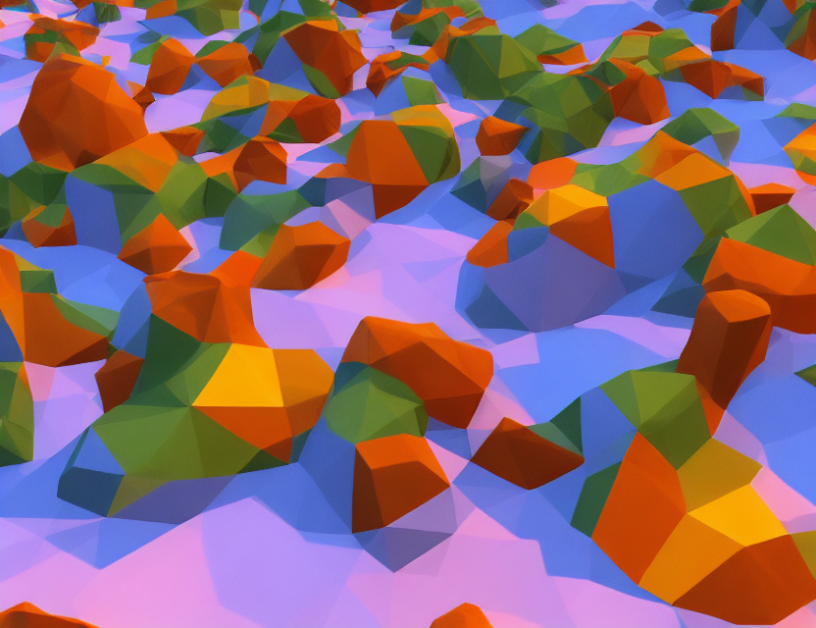In this article, we delve into the realm of multi-agent formation control, where multiple robots work together to accomplish a common goal. The authors propose a new approach called nonsmooth analysis, which enables the robots to move smoothly and maintain their positions without any hiccups. This technique is particularly useful in 2D and 3D spaces, where the agents need to coordinate their movements with precision.
To understand how nonsmooth analysis works, imagine a group of dancers performing a choreographed routine. Each dancer needs to follow the steps of the leader while maintaining their position relative to their neighbors. If one dancer makes a mistake or encounters resistance, they may need to adjust their movements to avoid collisions or maintain their formation. Nonsmooth analysis helps the dancers to make these adjustments smoothly and efficiently, much like how it enables the robots to move smoothly in 2D and 3D spaces.
The authors demonstrate the effectiveness of nonsmooth analysis through simulations and theoretical derivations. They show that their approach can handle non-linear dynamics and disturbances, making it a robust solution for multi-agent formation control. The results also reveal that nonsmooth analysis can significantly reduce the computational complexity compared to traditional methods, making it an attractive choice for real-world applications.
In summary, nonsmooth analysis offers a fresh perspective on multi-agent formation control by enabling smooth movements and reducing computational complexity. By leveraging this technique, robots can work together seamlessly in 2D and 3D spaces to accomplish complex tasks with precision and efficiency.
Electrical Engineering and Systems Science, Systems and Control
Control of Complex Formations in 2D and 3D Space with Non-Collocated Nominal Agents



